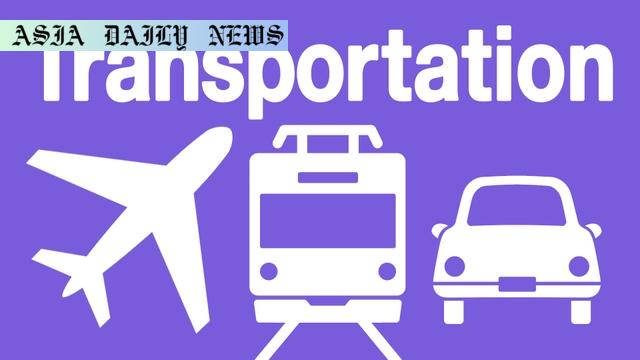Shinkansen disrupted due to heavy snow, causing suspension and delays across major routes. Passengers urged to check updates.
Shinkansen operations suspended between Fukushima and Shinjo due to heavy snow.
Tokaido, Sanyo Shinkansen experiencing slower speeds and delays.
Passengers advised to check JR’s website for real-time updates.

Severe Weather Disrupts Shinkansen Operations
Heavy snow has brought significant disruption to the operations of the Yamagata Shinkansen. On Sunday, services between Fukushima Station and Shinjo Station in Yamagata Prefecture were completely suspended. This unprecedented weather event posed serious challenges for commuters and travelers in the region, leaving many stranded.
Tokaido and Sanyo Shinkansen Experience Delays
Other major Shinkansen lines, including the Tokaido Shinkansen, have also been impacted. While operations are continuing, they are being conducted at reduced speeds along some sections, particularly between Nagoya Station and Shin-Osaka Station. As a result, trains are experiencing delays of over 20 minutes.
The Sanyo Shinkansen is similarly affected, with several outbound services running behind schedule due to adverse weather conditions. Despite these challenges, JR is doing its utmost to maintain operations and minimize disruptions for passengers where possible.
Responsive Measures and Passenger Advisories
The Japan Railways (JR) group has urged passengers to stay updated by frequently checking the latest announcements on their official website. This proactive measure ensures travelers can plan accordingly and receive real-time notifications about affected routes and timetables.
In addition to disruptions on the Yamagata Shinkansen, reduced speeds have become a necessary safety measure for other services operating in regions impacted by the heavy snow. JR has prioritized the safety of all passengers and staff, which has led to some unavoidable delays.
Broader Impacts on Travelers and Businesses
This disruption has had a ripple effect, inconveniencing not only regular commuters but also business travelers and tourists. Yamagata is known for its scenic beauty and attracts a significant number of visitors, which makes this disruption particularly impactful during the winter season when many travel to enjoy snow-related activities.
For businesses reliant on timely transportation, such as logistics companies, the delays and suspension have added operational challenges. Many are now exploring alternative routes to ensure timely delivery of goods.
Moving Forward Amid Unpredictable Weather
While heavy snow is not uncommon in Japan during winter, its intensity this season has raised questions about the resiliency of rail infrastructure under such conditions. Discussions are already underway to improve weather forecasting, operational planning, and infrastructure robustness to better withstand such disruptions in the future.
JR’s focus remains on returning to normalcy as soon as weather conditions permit. For now, passengers are advised to check online updates, allow for extra travel time, and consider alternative transport options when possible.
Conclusion
The suspension of the Yamagata Shinkansen and delays across other major lines due to heavy snow highlight the challenges of maintaining transport operations in extreme weather. While safety is the highest priority, the economic and social ripple effects of such disruptions underline the importance of preparedness and responsive measures. JR’s efforts to keep the public informed and their commitment to passenger safety are commendable during this difficult time.
Commentary
Adapting to Weather-Related Challenges
Snow disruptions like these remind us of the delicate balance between modern technology and the forces of nature. While Japan’s Shinkansen system is globally renowned for its reliability and efficiency, severe weather conditions like heavy snowfall can bring even the best systems to a halt. It’s a stark reminder of the resilience required to maintain essential infrastructure during unpredictable circumstances.
The Importance of Communication
JR’s proactive approach to advising passengers through their website is a critical aspect of managing these challenges. Real-time updates allow travelers to adjust their plans, reducing frustration and confusion. It also highlights the importance of transparent and timely communication in minimizing the impact of such disruptions.
Taking Lessons from Weather Disruptions
While the disruption is unfortunate, it opens the door to valuable discussions about improving infrastructure resilience. Enhanced snow-clearing technologies, better forecasting systems, and more robust contingency plans could all play a role in mitigating similar issues in the future. This event is an opportunity for Japan’s railway network to innovate and adapt, ensuring even greater reliability in the years to come.


